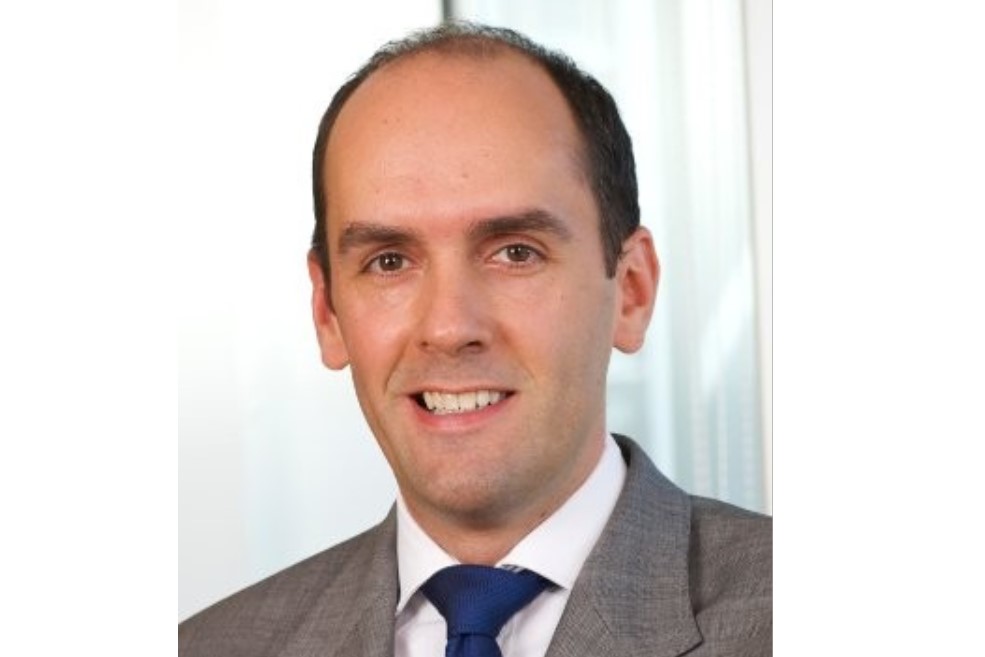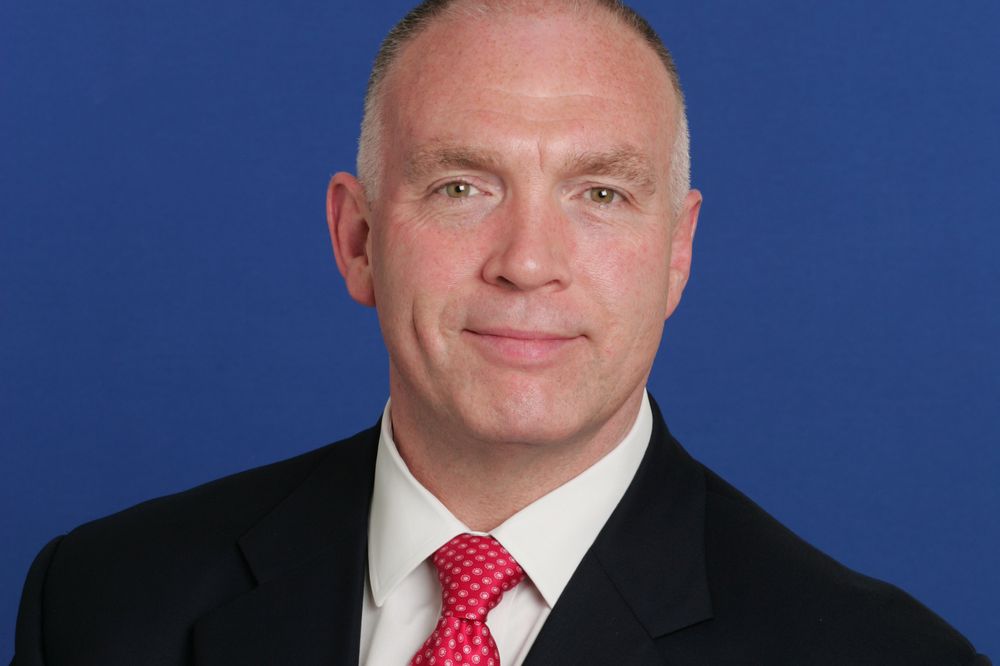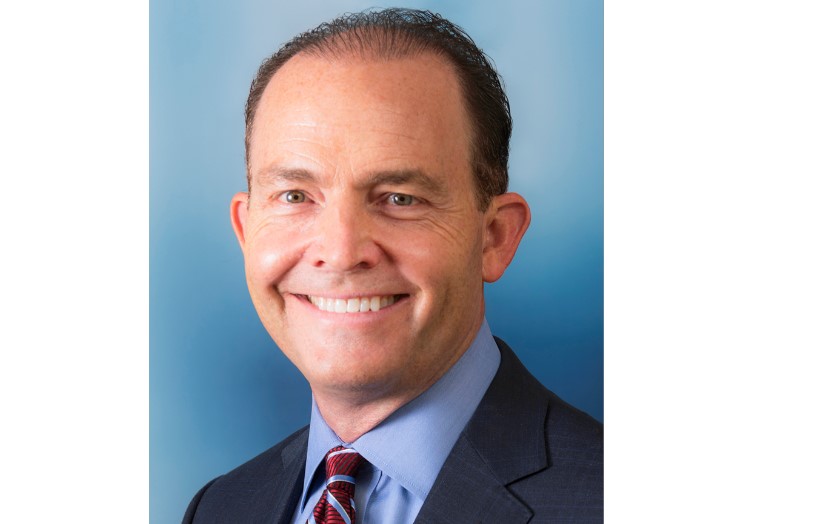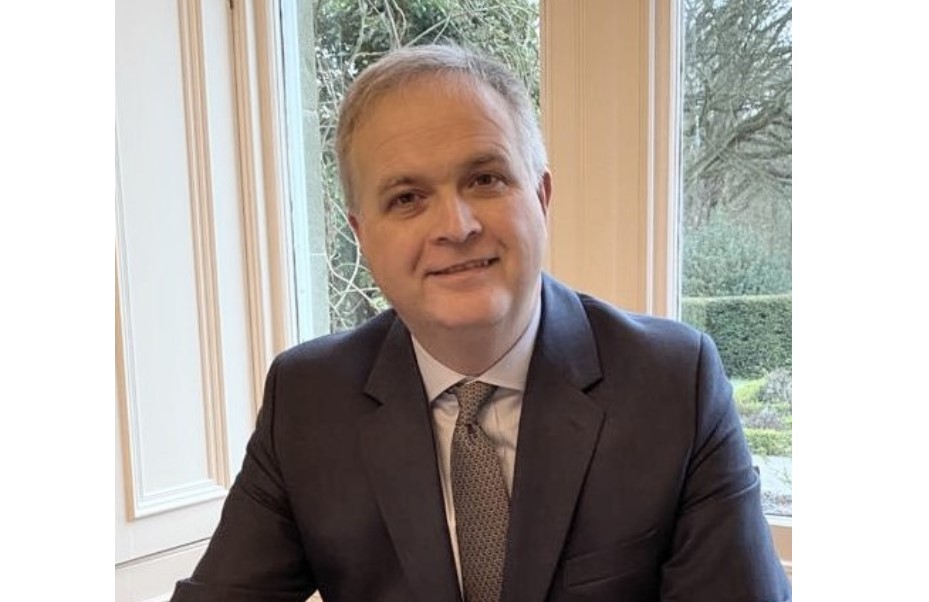S&P Dow Jones Indices and the Santiago Exchange Launch the S&P IPSA ESG Tilted Index
| For Fórmate a Fondo | 0 Comentarios

S&P Dow Jones Indices, the world’s leading index provider, and the Santiago Exchange, announced last January 20th the debut of the S&P IPSA ESG Tilted Index, the latest in S&P DJI’s growing family of global ESG indices based on some of the world’s most highly tracked regional and country-specific benchmarks.
The index uses rules-based selection criteria based on relevant ESG principles to select and weight its constituents from the S&P IPSA, Chile’s headline stock index, measuring the performance of the largest and most liquid stocks listed on the Santiago Exchange.
The objective is to give investors core exposure to the Chilean equities market while providing a significant boost in ESG score performance.
“Last year, ESG undeniably asserted itself as an essential strategy for the mainstream investor as the COVID-19 pandemic and social justice issues put the importance and relevance of corporate sustainability data and principles firmly in the spotlight,” said Reid Steadman, Managing Director and Global Head of ESG Indices at S&P DJI.
“We are thrilled to work with the Santiago Exchange to continue expanding our ESG strategy in Latin America with launch of the S&P IPSA ESG Tilted Index.
This new index will be a useful tool for investors looking to bring ESG principles into the core of their investment portfolios with the goal of attaining performance largely in line with the Chilean equity market.”
“Sustainability is a strategic cornerstone for the Santiago Exchange and the basis for our mission to publicize, disseminate and promote ESG best practices. As capital market articulators, by launching this new index we seek to encourage companies to manage ESG factors with the highest standards, while providing tools for better investment decision-making in order to boost the sustainable development of the market, and to allow Chilean issuers to position themselves globally”, said José Antonio Martínez, CEO of the Santiago Exchange.
Index Methodology
The S&P IPSA ESG Tilted Index starts with all constituents in the S&P IPSA. Companies involved in controversial weapons, tobacco, thermal coal, and companies with disqualifying United Nations Global Compact scores are excluded.
Remaining eligible companies are then weighted within their respective GICS Sectors by their S&P DJI ESG Score resulting from the Corporate Sustainability Assessment (CSA). Companies with relatively high or low S&P DJI ESG scores are overweighted or underweighted within their GICS Sector all while maintaining the same sector balance as the parent index, the S&P IPSA.
By maintaining sector neutrality with the eligibility universe, the index provides significant additional
exposure to ESG factors while maintaining relatively low tracking error with the broader market.
At launch, the S&P IPSA ESG Tilted Index will have the following 26 constituents:









